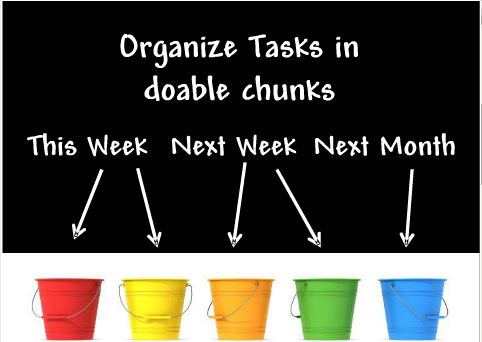Hoshin Kanri is a management system that creates a method of policy deployment in the form of both organizational and employees goals. It is a step by step implementation and review process from a systems approach perspective for change. In the simplest form, top management sets a vision and bottom line employee sets the tactics. In the middle, there is a lot of give and take and coordination through the use of a term catchball that results in:
- Prioritizing activities and resources
- Organizational involvement from top to bottom clarify their own target and activities
- Utilizing PDCA in both the management and employee cycles of improvement
The difference in Hoshin planning is that we do not accept the current situation but seek to aspire to something greater. However, we seek solutions between the current and aspired state by bridging the gap through the process of Kanri the other part of the process. Kanri is defined as a method to efficiently achieve purposes through PDCA (Plan-Do-Check-Act).
What makes Hoshin different than just your typical continuous improvement is that we are not solving the typical workplace problem but rather the value-added problems based on top management thinking (Vision and Targets). The “Hoshin” is developed at each layer of management clarifying strategies and targets to assist in reaching the preceding layer’s targets. This results in both a macro and micro PDCA. This greatly increases the line of sight and shared responsibility to each other in achieving these goals.
The workplace mission is defined within Toyota from the question “For whom and what type of value added products and services should be provided?” In this way, measures are created from the value added problems determined in the Hoshin process. Breaking the annual strategy down to what I call “Doable Chunks” is one of the secrets to Hoshin Kanri’s success.
It is not only the task but the team size that will assist in a positive outcome. Jeff Bezo’s of Amazon fame always used what he called the two pizza rule. If you needed more than two pizzas to feed the group, the group was too big. Smaller groups promote: informal communication, better assignment of tasks, more manageable task, increase participation, reduces information needed to be processed and most importantly – A CLEAR LINE OF SIGHT.
The approaches of Hoshin Kanri and Leader Standard Work seem to have a common thread in them. It is one of shared work and responsibilities and as a result regular feedback or reflection. It makes the management process continuous over something more formal such as a review.
P.S. The Business901 podcast tomorrow features lifetime Lean Learner Anthony Manzos of Profero, Inc. and 5S Supply. Our conversation centered on Hoshin Kanri.


Very interesting. I want to know more.